QuestionI'm wondering if you could help me determine the appropriate amount of exercise I should be giving my 12 week old lab. He's getting very good at walks but I don't want to over do it too early. Would a 1 mile walk be too much or not enough exercise? We have a walk trail near our house that is 4 miles total. At what age would it be okay to take him on this trail?
Also recently, when we call our pup into the house after he does his business outside, instead of coming (like he's been doing since we got him), he now runs off in a playful "catch me if you can" way. How can I break him of this? It can be very frustrating when it's time to leave for work and we're trying to wrangle the dog back into the house.
AnswerI would say a mile is too long for a 12 week old. See how it does. If it starts to lag before the walk is over, it is too far. Never push a young dog further than it is comfortable going. Pick it up and carry it if you have to.
"Come" needs to be taught as part of proper pack status and obedience. The dogs see all the people and dogs in the household as a pack with each having their own rank in the pack and a top dog. Life is much easier if the 2 legged pack members outrank the 4 legged ones. You can learn to play the role of top dog by reading some books or going to a good obedience class. Start at http://www.dogsbestfriend.com/
If you dog is at least 4 - 5 months old, start with a good 6' leather leash and a sturdy slip collar, the metal chain ones with the rings on each end. You want the shortest one that will go on and off easily. If you walk with the dog on the left, pull the chain through one loop forming a "P". Facing it, slip it over its head. The free end should come over the neck to the leash, and the other end should drop slack when there is no pull on the leash. Before 4 months use a conventional flat collar to protect the tender young neck.
With the dog at the end of the leash, call its name and "Come" in a firm voice. If it comes, praise it lavishly and pet it. If it doesn't come, repeat the command and give the leash a light snap. Keep it up with firmer leash snaps until the dog does come. Do not forget the praise. Then switch to a longer leash or rope, about 25'. When it comes well on the longer leash, you should be able to go to off leash in a fenced area, etc. Once the dog is doing well, introduce come, treat. This is for emergencies only when the dog has gotten loose accidentally. Use it routinely and you will have nothing to fall back on when your dog is headed for a busy street. "Name, come treat!" is little different from the regular "Name, come!", except the dog gets a great treat when it comes. We are talking a hot dog, cheese, etc. much better than any treat you use routinely.
Relying on come to control most dogs loose outside is risky, and I do not recommend it. Dogs are individuals. Some can be trained to come when you have no way to enforce it, but some will never be completely reliable even for the most experienced trainers.

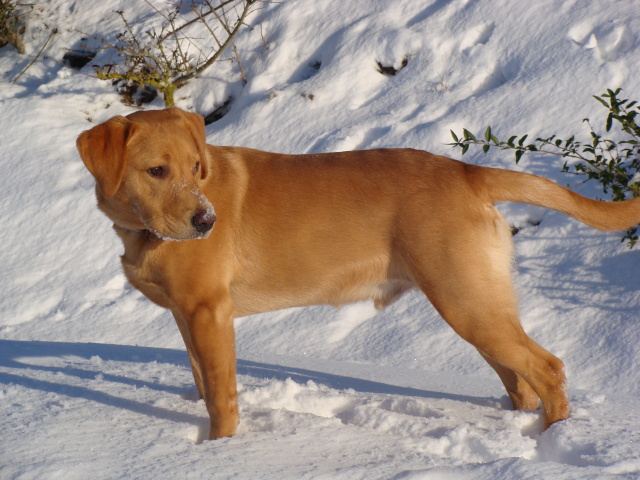 Fox Red/Yellow Lab size query
Question
Hi,
I have a 6 1/2 Fox Red/Yellow lab (Pedig
Fox Red/Yellow Lab size query
Question
Hi,
I have a 6 1/2 Fox Red/Yellow lab (Pedig
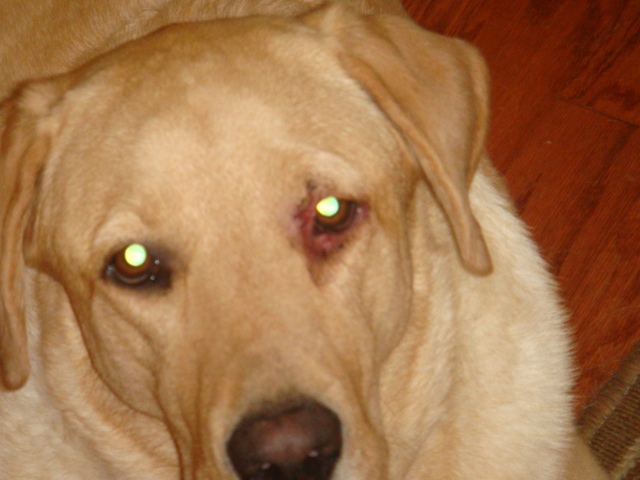 pink rim around eye
Question
his eye
i have a pure yellow lab and hes 3 yrs
pink rim around eye
Question
his eye
i have a pure yellow lab and hes 3 yrs
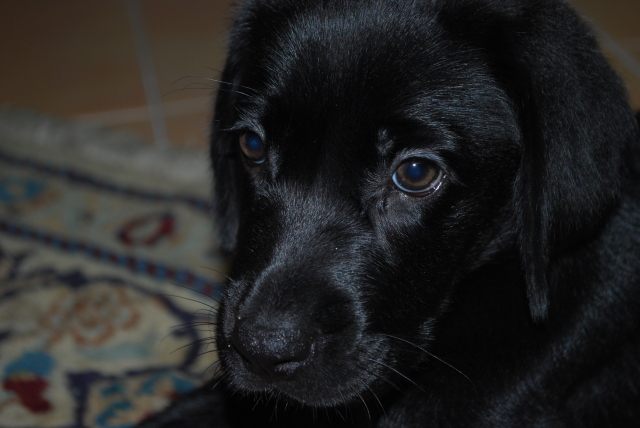 Labrador behaviour
Question
Gordie
Name: Gordie
Age: 4 months
Sex: Male
N
Labrador behaviour
Question
Gordie
Name: Gordie
Age: 4 months
Sex: Male
N
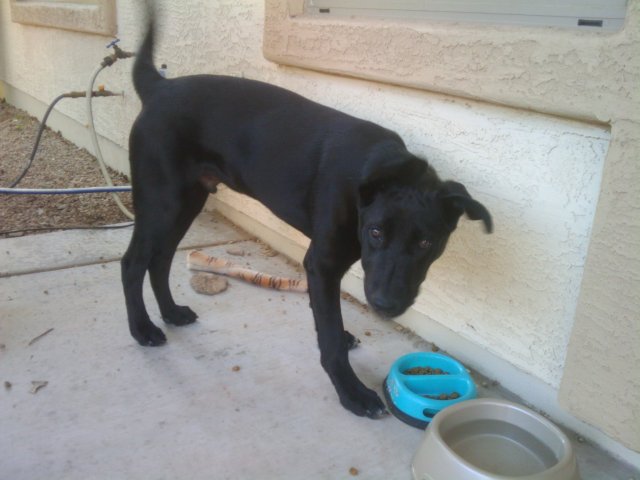 Black Lab age/weight concern
Question
Okimasu
I have a black lab mix. He has a small
Black Lab age/weight concern
Question
Okimasu
I have a black lab mix. He has a small
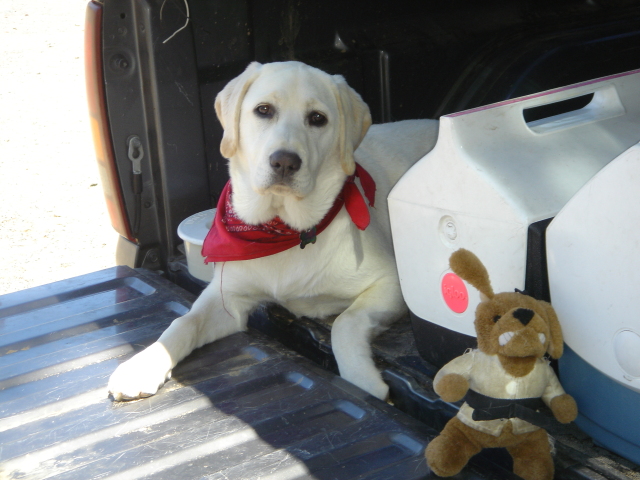 Diet
Question
Lucy and her toy
My yellow lab is about 1 year
Diet
Question
Lucy and her toy
My yellow lab is about 1 year